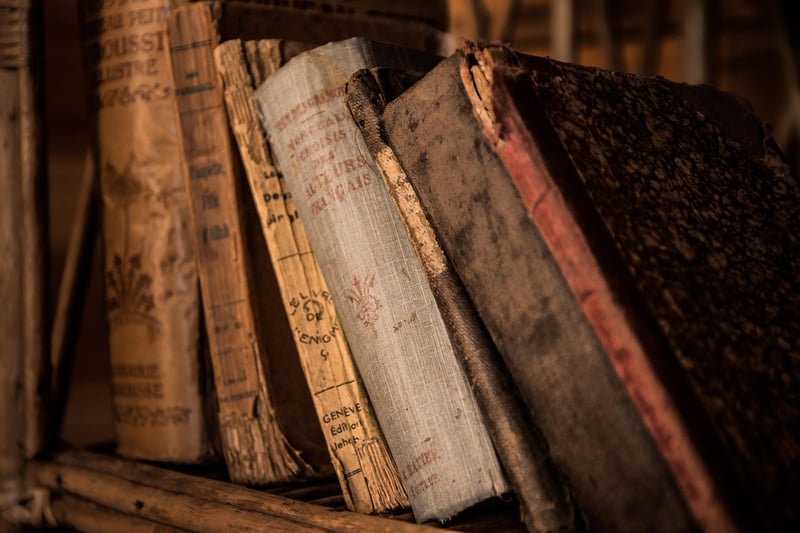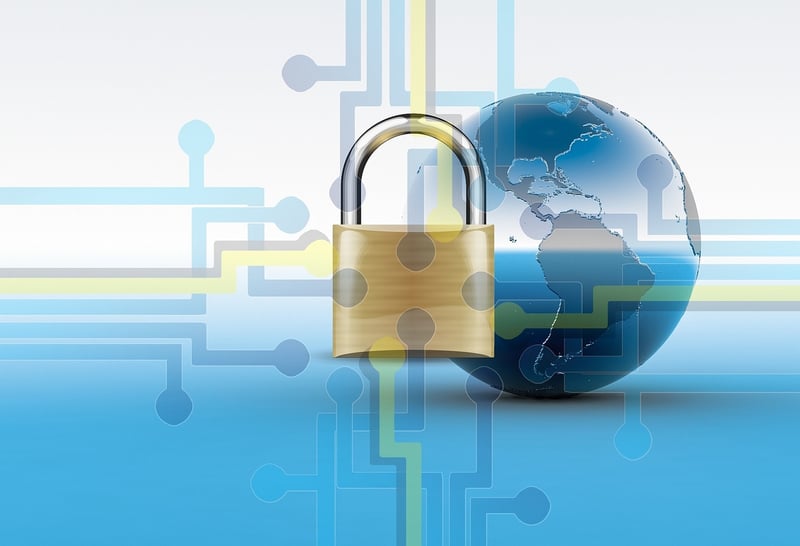Historical Protocol
Common Questions Answered About Historical Protocol
What is Historical Protocol?
Historical Protocol is a set of guidelines and procedures used to document and preserve historical events, artifacts, and information for future generations. It ensures that accurate records are maintained and made accessible to researchers, scholars, and the general public.
Why is Historical Protocol Important?
Historical Protocol is essential for preserving our collective history and heritage. It helps us learn from the past, understand how societies have evolved, and avoid repeating mistakes. By following established protocols, we can ensure that historical information is accurately recorded and interpreted.
How is Historical Protocol Implemented?
Historical Protocol is implemented through standardized practices such as archival management, conservation techniques, digitization of records, and ethical guidelines for historians and researchers. It involves careful documentation, storage, and dissemination of historical materials to maintain their integrity and authenticity.
Where Can I Learn More About Historical Protocol?
If you are interested in delving deeper into Historical Protocol, you can explore resources provided by historical societies, museums, libraries, and academic institutions. Many online platforms offer courses and workshops on archival practices, research methodologies, and historical preservation techniques.
The Significance of Historical Protocol
Historical Protocol plays a crucial role in safeguarding our cultural heritage and ensuring that future generations have access to accurate historical information. By following established protocols and best practices, we can preserve the richness of our past and pass it on to the generations to come.
Historical Protocol in Action
To illustrate how Historical Protocol is put into practice, let's look at an example:
Example: Preservation of Ancient Manuscripts
Historical Protocol dictates that ancient manuscripts should be stored in climate-controlled environments to prevent deterioration. Archivists use specialized techniques such as digitization and conservation treatments to ensure the longevity of these invaluable documents.
Understanding the Legacy
By upholding Historical Protocol, we honor the legacy of those who came before us and contribute to the ongoing narrative of human history. Through meticulous documentation and preservation efforts, we create a bridge between the past, present, and future.

Conclusion
Historical Protocol serves as a cornerstone in the field of history and heritage preservation. By adhering to established guidelines and best practices, we ensure that our cultural legacy endures and continues to enrich our understanding of the world.
For more information on Historical Protocol and its significance, continue exploring reputable sources and engage with professionals in the field to deepen your knowledge and appreciation of historical preservation.
